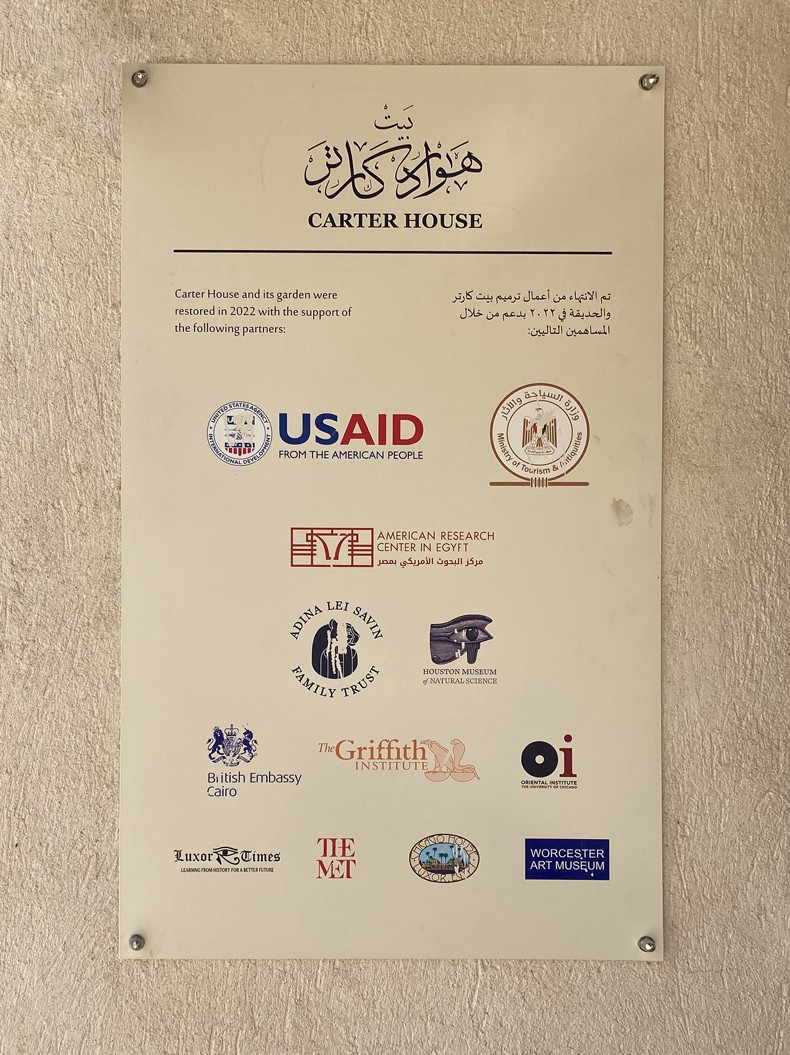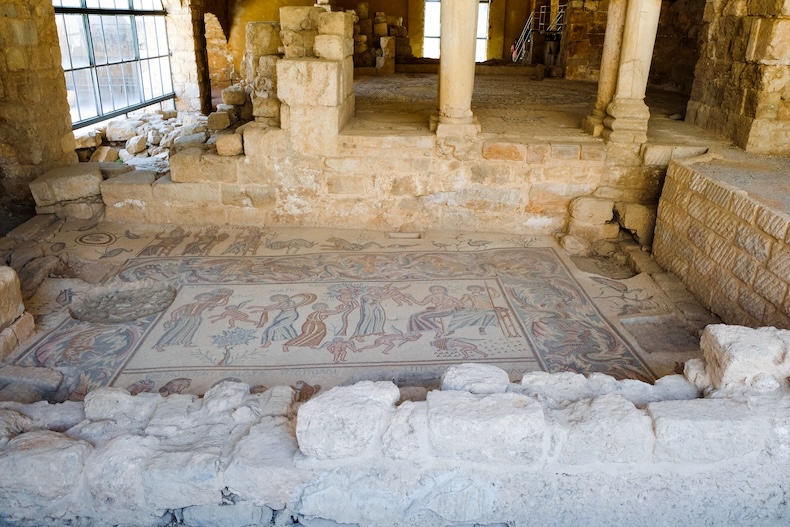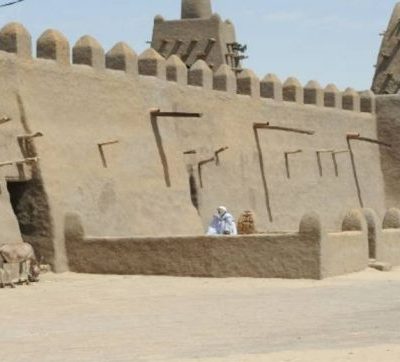Does USAID (the US Agency for International Development) still exist? For the heritage world, this – and the fate of heritage projects connected to shrinking amounts of development funding more generally – is a pressing one. Building on previous American efforts in technical assistance during the early years of the cold war, the Kennedy administration founded USAID in 1961 at the start of the UN’s first ‘Development Decade’. Under the second Trump administration, however, the organisation has found itself cut to ribbons.
In common with many other federal agencies, at the time of writing – and despite multiple lawsuits – Elon Musk’s DOGE (Department of Government Efficiency) is working on firing most of USAID’s staff and folding the rump of the organisation into the State Department. For global health, the consequences of these events is nothing short of disastrous. For anyone used to seeing the USAID logo on billboards erected at heritage sites around the world, the effects, while less calamitous, are also plain to see.
A list of funders of the Carter House in Luxor – including USAID – seen in January 2023. Photo: William Carruthers

Development agencies such as USAID have become increasingly entangled with heritage – an entanglement that has come in for criticism. Conflict in the Middle East – and the US ‘war on terror’ – has been one recent driver of such work, which has often been tied to community- and peace-building, and reconstruction initiatives (successfully or otherwise). Earlier drivers included disaster (heritage recovery efforts after the Venice and Florence floods of 1966, for example) and infrastructural projects with a modernising purpose: UNESCO’s International Campaign to Save the Monuments of Nubia, which drew a variety of international donors including the United States, took place due to Egypt’s construction of the Aswan High Dam during the 1960s.
In recent decades, a veritable ‘heritage-industrial complex’ has therefore come to exist globally, with money provided by a variety of organisations. Those organisations are state-level ones such as USAID, non-state institutions such as the Aga Khan Trust, and also ones channelling donations from a number of member-states: ALIPH (the International Alliance for the Protection of Heritage) was initially funded by France and the United Arab Emirates, but now has numerous state-level donors.
As US policy changes, however, and as European and other government spending is redirected towards defence against Russia, the likelihood of sustained levels of development funding for heritage projects is low, unless those projects can be attached to infrastructure work for the global defence industry (an unlikely proposition). Giving development money to heritage projects has never been straightforward. But it is because it has never been straightforward that the loss will be more keenly felt.
USAID’s funding of heritage work demonstrates why ‘heritage’ has never been the only objective of spending that money. Take the American Research Center in Egypt (ARCE), which was founded in 1948. ARCE administers an ‘Antiquities Endowment Fund’ (partially endowed by USAID) that ‘sustains an ongoing grants program to support the conservation, preservation and documentation of Egypt’s cultural heritage and the dissemination of knowledge about that heritage’. Many of the fund’s grants go to an international cadre of Egyptologists, who in this case have become ‘heritage professionals’ akin to the legion of outside experts so familiar from other kinds of development work around the world.
Such projects, though, also employ people locally. In 2023, USAID granted ARCE money for what was called its ‘Cultural Heritage Tourism II’ project. That project involved building a new storage magazine at Karnak Temple in Luxor and the ‘development of visitor infrastructure’ at the archaeological site of Abydos in Upper Egypt (the project ended in September 2024). Projects like these employ numerous people from such places: in tourism, building, conservation work and other fields. For better or for worse (there are arguments on both sides), these projects are a part of local economies. Removing that money suddenly is potentially disastrous, particularly as new projects along these lines are being launched all the time: in late 2024, the State Department partnered with ARCE to launch a central cataloguing system for Egypt’s museums.
An ancient mosaic in the Madaba Archaeological Park in 2017. The park opened in 1995 with funding from the Jordanian Ministry of Antiquities and Tourism, the American Center of Research (ACOR) and USAID. Photo: Camille Delbos/Art In All of Us/Corbis via Getty Images

It’s not just Egypt. In Jordan, a decade-long project funded by USAID has just finished: the Sustainable Cultural Heritage Through Engagement of Local Communities Project (known—the development industry loves an acronym – as USAID SCHEP). The aim of the project was to ‘promote a community-first approach to the sustainable preservation, management, and promotion of cultural heritage resources’. Whatever your view on such work – and the question of whether and to what extent community heritage initiatives do what they purport to do – that is money that will no longer exist in the future. It is also money that will be missing for community heritage projects that might have been imagined in new, different and more productive ways. It is also, ultimately, money that is missing for people.
With the apparent end of USAID, one source of development money for heritage is starting to dwindle. It is a reasonable assumption that at least some poverty-stricken people will now be even worse off than they already are, even if other countries step in to this funding gap for their own geopolitical ends. Many heritage bodies, meanwhile, will need to think carefully about the budgetary holes that this loss of funding leaves. They will need, too, to come to a new understanding of what their priorities are. As much as the current status quo has become untenable, defining those priorities will not be easy.
William Carruthers is Lecturer in Heritage at Essex University. He is the author of Flooded Pasts: UNESCO, Nubia, and the Recolonization of Archaeology (Cornell University Press).



